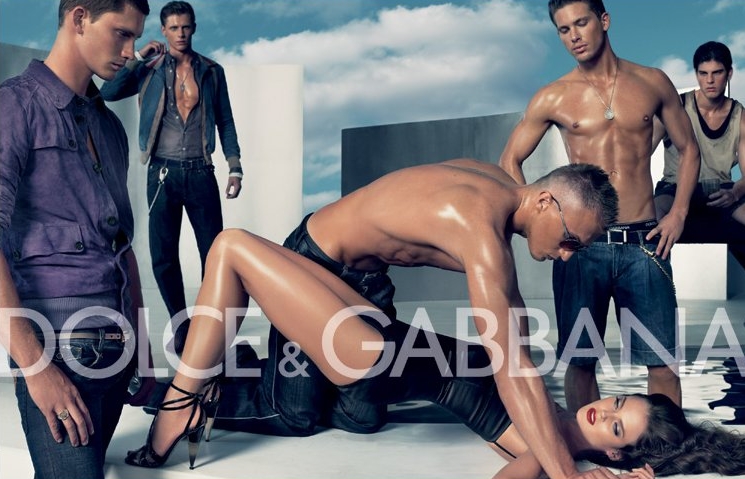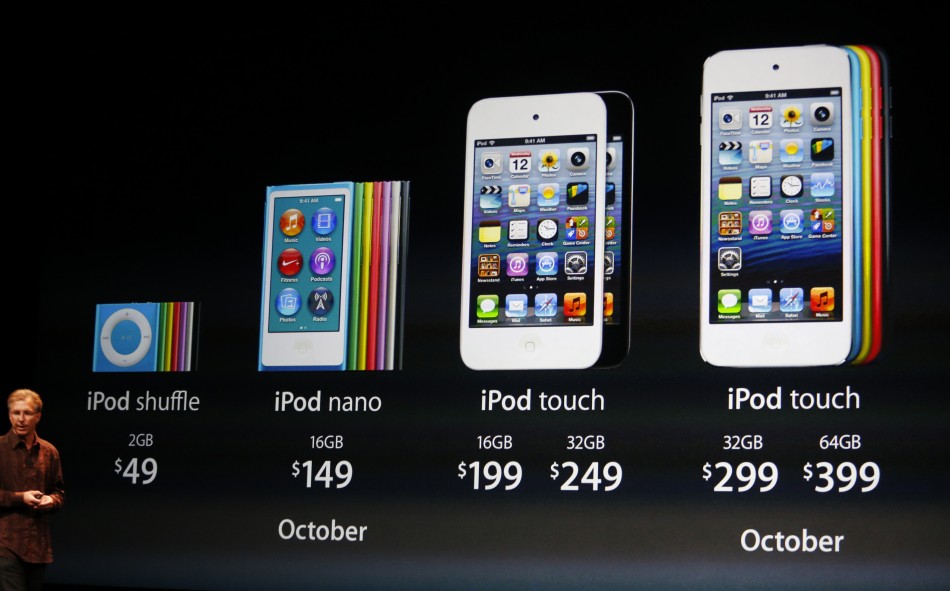D&G is one of the most recognizable and most worn high-end clothing brand in the world. It has been around since 1984 and can be seen in basically every fashion magazine around the world. I have seen and observed a few D&G ads in some of my classes over the past few years and they really stood out to me because of their suggestive and controversial subject matter and messages. Sexism and oversexualized subject matter is at the forefront of D&G's controversy. Ever since I can remember, whenever advertising came into a conversation, the well-known saying that "sex sells" is never absent. While it has proven to be true that sex sells, is there a point at which sex offends? I think the answer to that is fairly obvious. When it comes to creating advertisements it is important to capture the essence of the brand completely, however, the other half of the equation is also knowing who you are advertising to and what their interests, emotions, values, and perspectives are.
 To the left is one of the most well-known and talked about D&G ads regarding sexism. There is not much explanation needed to see why this may be stirring some controversy. While ethics is a highly debatable topic in our culture, it is much like politics: everyone has their views and opinions but there is never really a right or wrong end of the road. There will always be arguments from all points on the spectrum. Lets look at a few of the details behind this ad and I will let you be the judge of morality, ethics, and whether this particular ad pushes the sexism envelope.
To the left is one of the most well-known and talked about D&G ads regarding sexism. There is not much explanation needed to see why this may be stirring some controversy. While ethics is a highly debatable topic in our culture, it is much like politics: everyone has their views and opinions but there is never really a right or wrong end of the road. There will always be arguments from all points on the spectrum. Lets look at a few of the details behind this ad and I will let you be the judge of morality, ethics, and whether this particular ad pushes the sexism envelope.This ad was first published in Esquire magazine which is a worldwide, mens magazine. Also, in parts of Europe, specifically Spain, there were very high rates of women -targeted violence. As a result of this, Spanish and Italian governments intervened and asked D&G to discontinue the ad, a request to which they honored. This is just one of several ads that D&G has released with the same undertones and controversial messages. This is what poses the question of how far is too far and even further blurs the line of ethics and morality in advertising. When you are viewing and advertisement, it is essential to ask yourself who the company is, what are they trying to sell, and what message are they trying to convey? When it comes to D&G, everyone had an opinion and when it comes to morality and ethics in advertising, you need to be your own judge and create your own moral platform on which to interpret these ads.







